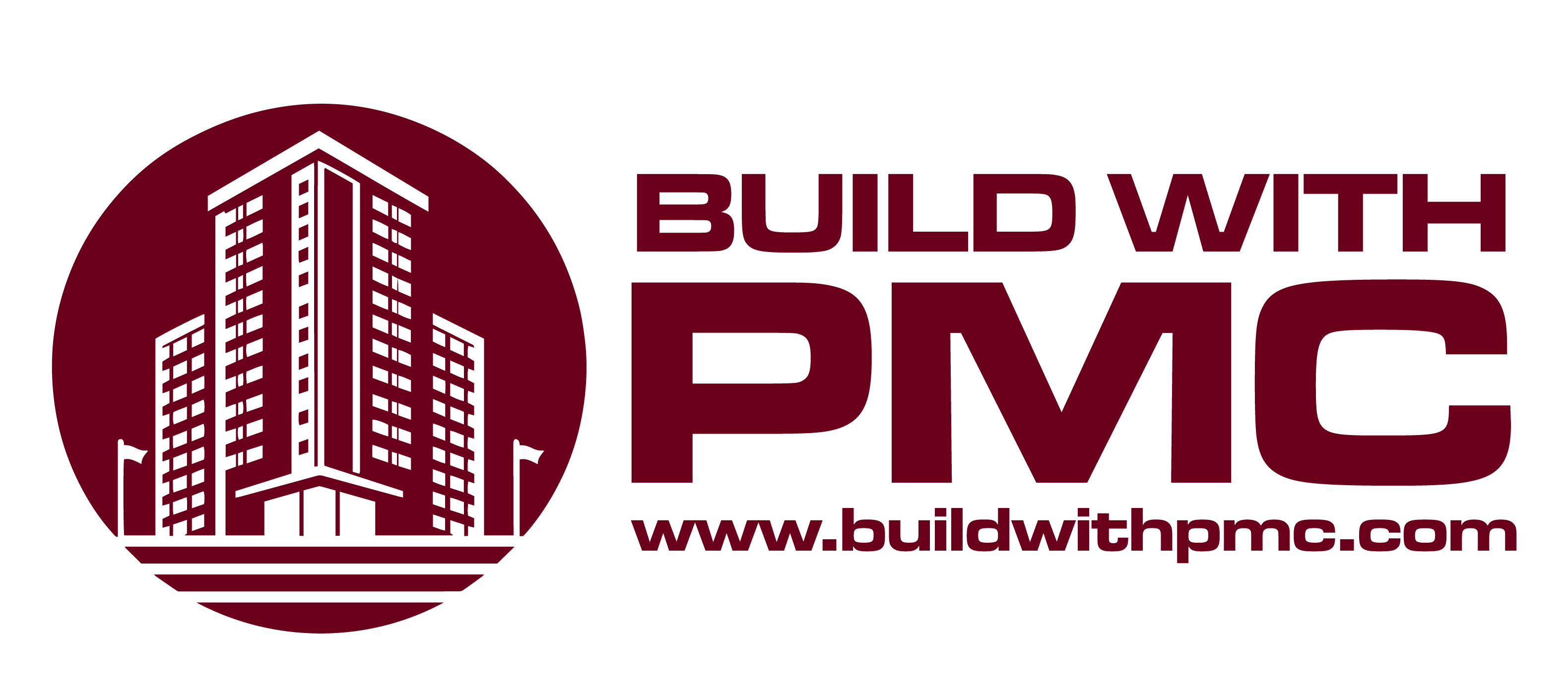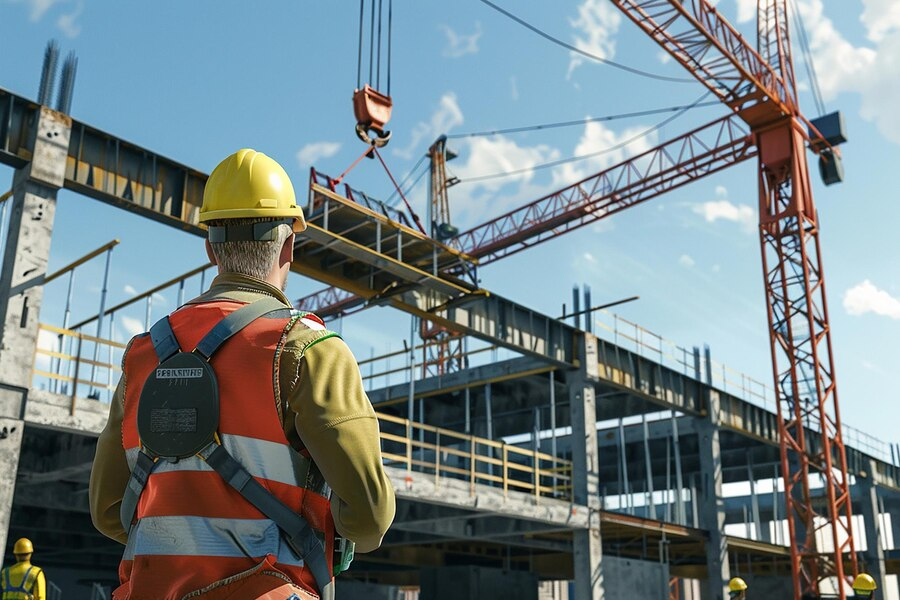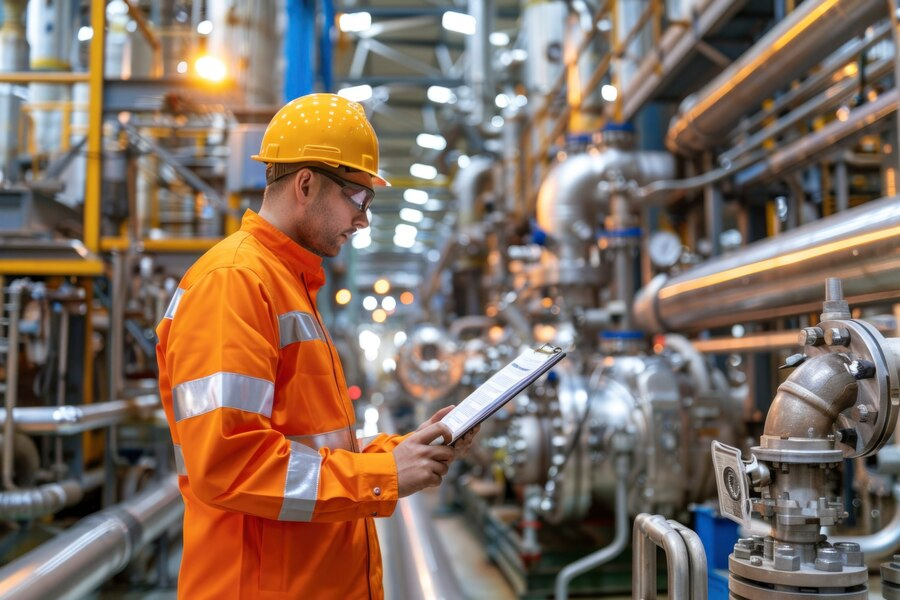Sustainable architecture has emerged as a crucial response to the environmental challenges facing our world today. With the rising concern over climate change and resource depletion, architects and builders are increasingly turning to innovative materials and techniques to reduce the ecological impact of their projects. Among these, structural steel has gained prominence for its role in sustainable building practices. This blog explores how structural steel contributes to sustainable architecture, examining its benefits, applications, and the future of this versatile material in eco-friendly design.
Understanding Sustainable Architecture
Sustainable architecture focuses on designing buildings that minimize environmental impact while maximizing energy efficiency. It emphasizes using resources wisely, reducing waste, and creating spaces that enhance both functionality and eco-friendliness. Key principles include energy efficiency—designing structures that use less energy for heating, cooling, and lighting; resource conservation—selecting materials that are abundant or recyclable; waste reduction—minimizing construction waste and using recyclable or reusable materials; and ensuring indoor environmental quality—providing healthy, comfortable spaces for occupants. By integrating these elements, sustainable architecture aims to create buildings that are not only efficient but also environmentally responsible.
The Advantages of Structural Steel
Structural steel is renowned for its strength, flexibility, and durability. These characteristics make it an excellent choice for sustainable building practices. Let’s delve into some of the key advantages of structural steel:
Strength and Durability
One of the primary benefits of structural steel is its exceptional strength-to-weight ratio. This means that steel can support heavy loads while remaining relatively lightweight. The durability of steel also contributes to the longevity of buildings, reducing the need for frequent repairs or replacements. This durability not only extends the lifespan of structures but also minimizes the environmental impact associated with frequent rebuilding.
Recyclability
Steel is one of the most recyclable materials available. Unlike many other materials, steel can be recycled indefinitely without losing its quality or structural integrity. This property aligns perfectly with the principles of sustainable architecture, as it reduces the need for new raw materials and minimizes waste. In fact, a significant portion of the steel used in construction comes from recycled sources, further reducing its environmental footprint.
Efficiency in Construction
The use of structural steel can streamline the construction process. Steel components are often prefabricated in factories, which means they can be quickly assembled on-site. This efficiency reduces construction time and labor costs, leading to less waste and lower overall environmental impact. Additionally, the precision of prefabricated steel components ensures a high level of quality control, reducing the likelihood of errors and rework.
Flexibility and Design Freedom
Structural steel’s versatility allows architects to push the boundaries of design. Its ability to span large distances without the need for additional supports provides architects with greater freedom to create open, flexible spaces. This design flexibility can lead to more efficient use of building materials and reduced energy consumption. Moreover, the adaptability of steel means that buildings can be easily modified or expanded in the future, extending their useful life and reducing the need for new construction.
Energy Efficiency
Steel buildings can be designed to be highly energy-efficient. The integration of advanced insulation materials and energy-efficient glazing systems with steel frameworks can significantly reduce a building’s energy consumption. Additionally, steel’s thermal properties can contribute to better temperature control within the building, enhancing overall energy performance.

Applications of Structural Steel in Sustainable Architecture
Structural steel’s advantages make it suitable for a wide range of applications in sustainable architecture. Here are some notable examples:
- High-Rise Buildings: Steel’s strength, lightweight properties, and durability make it a popular choice for high-rise construction, supporting substantial loads and ensuring the longevity and resilience of iconic buildings.
- Industrial Buildings: Structural steel is beneficial in industrial facilities due to its strength, resistance to harsh environments, and ability to withstand heavy loads, contributing to energy efficiency through advanced insulation and technologies.
- Bridges: Structural steel is widely used in bridge construction due to its strength, durability, flexibility, and recyclability, enabling the reuse of old bridges for new construction.
- Residential Buildings: Steel is gaining popularity in residential architecture due to its energy-efficient properties and design flexibility, enhancing open floor plans and creating comfortable, sustainable living spaces.
- Educational and Cultural Buildings: Structural steel is increasingly used in educational and cultural institutions due to its aesthetic and functional benefits, design versatility, energy efficiency, and sustainability.
Structural Steel and Its Role in Reducing Environmental Footprints
Structural steel plays a crucial role in reducing the environmental impact of construction projects. Its high strength-to-weight ratio allows for the creation of lighter, more efficient structures that require fewer materials. This reduction in material use not only cuts down on resource consumption but also minimizes the waste generated during construction. Additionally, the durability of steel extends the lifespan of buildings, further reducing the need for frequent repairs or replacements and lowering the overall environmental footprint.
Furthermore, structural steel is highly recyclable, with a significant portion of the steel used in new construction coming from recycled sources. This recyclability ensures that steel can be reused indefinitely without losing its quality or structural integrity, contributing to a circular economy and reducing the demand for virgin raw materials. By integrating structural steel into building projects, architects and builders can make significant strides toward more sustainable construction practices.
The Future of Sustainable Architecture with Structural Steel
The future of sustainable architecture is increasingly intertwined with the use of structural steel. As the demand for eco-friendly and energy-efficient buildings grows, steel’s advantages become more pronounced. Innovations in steel production and recycling are enhancing its sustainability, making it an even more attractive option for green building projects. Advances in green steel technologies aim to reduce carbon emissions associated with steel production, aligning with broader environmental goals and supporting the shift towards low-impact construction practices.
Moreover, the versatility of structural steel enables architects to explore innovative designs that maximize energy efficiency and minimize resource use. From high-rise buildings to industrial facilities, steel’s adaptability allows for the integration of advanced energy-saving technologies and sustainable design features. As the construction industry continues to prioritize sustainability, structural steel will remain at the forefront of creating resilient, eco-friendly buildings that meet the needs of future generations.
How Structural Steel Contributes to Energy-Efficient Building Solutions
Structural steel significantly contributes to energy-efficient building solutions through its design flexibility and performance characteristics. Its strength allows for large, open spaces without the need for additional supports, reducing the amount of material required and enabling the use of energy-efficient building systems. This openness facilitates better natural lighting and ventilation, which can decrease reliance on artificial lighting and climate control systems, further enhancing a building’s overall energy efficiency.
In addition, the thermal properties of steel can be optimized through the use of advanced insulation techniques. Combining steel frameworks with high-performance insulation materials helps regulate indoor temperatures, reducing heating and cooling demands. This integration supports energy-efficient building practices by minimizing energy consumption and lowering utility costs, making structural steel a valuable component in the pursuit of sustainable architecture.
Innovative Uses of Structural Steel in Eco-Conscious Architecture
Structural steel is increasingly being used in innovative ways to support eco-conscious architecture. Its flexibility and strength enable architects to design structures that are both functional and environmentally friendly. For instance, steel’s ability to span large distances without additional supports allows for open, flexible spaces that can be easily adapted for various uses, reducing the need for future renovations and minimizing material waste.
Additionally, structural steel can be combined with other sustainable technologies to create more energy-efficient buildings. For example, steel structures can support green roofs, solar panels, and other renewable energy systems, integrating these technologies seamlessly into the building’s design. By embracing these innovative uses of structural steel, architects and builders can push the boundaries of sustainable architecture and contribute to more environmentally responsible construction practices.
Understanding the Environmental Benefits of Structural Steel in Construction
Structural steel offers numerous environmental benefits that contribute to more sustainable construction practices. One of its most notable advantages is its high recyclability. Steel can be recycled indefinitely without losing its quality or performance, which helps conserve natural resources and reduce waste. This characteristic supports the principles of a circular economy, where materials are continually reused and recycled to minimize environmental impact.
Moreover, the durability and strength of structural steel lead to longer-lasting buildings, which reduces the need for frequent repairs and replacements. This longevity not only decreases the consumption of resources over time but also minimizes the environmental impact associated with construction and demolition activities. By choosing structural steel for their projects, builders and architects can achieve significant environmental benefits and contribute to a more sustainable construction industry.
Conclusion
Incorporating structural steel into sustainable architecture offers a multitude of benefits, from reducing environmental footprints to enhancing energy efficiency. Its strength, durability, and recyclability make it a valuable material for creating long-lasting, eco-friendly buildings. As we look towards the future of sustainable design, structural steel stands out for its ability to support innovative, resource-efficient construction practices.
If you’re interested in exploring how structural steel can elevate your next project, reach out to PMC INC. We specialize in delivering high-quality, sustainable solutions tailored to your needs. Contact us at 562-905-3101 or visit us at 14563 Manzanita Dr, Fontana, CA 92335. Our team in Fontana, California is here to help you build with both strength and sustainability in mind.




